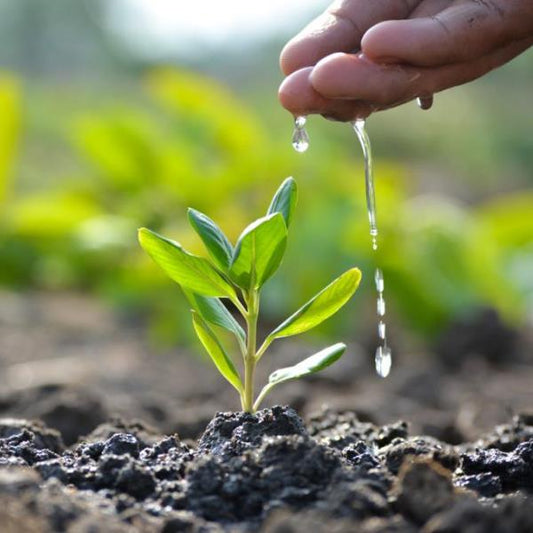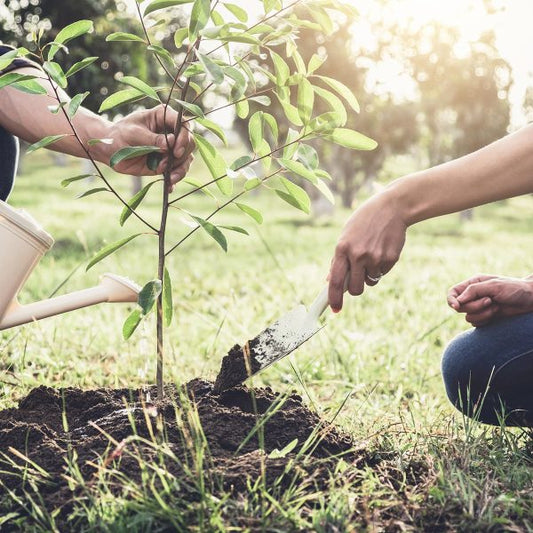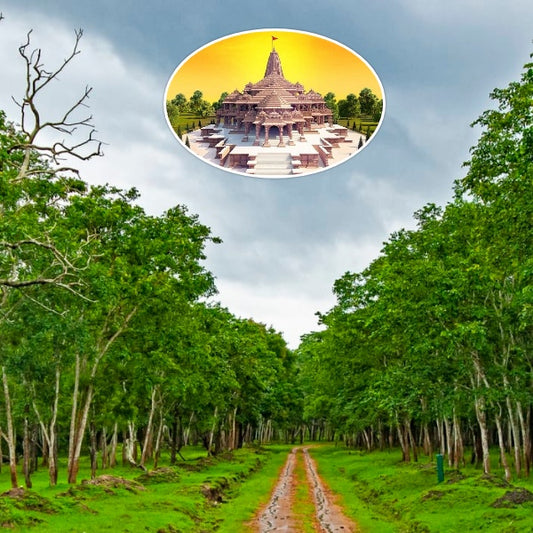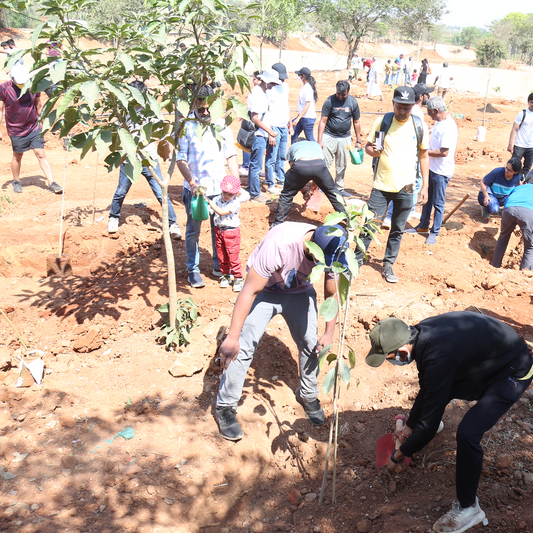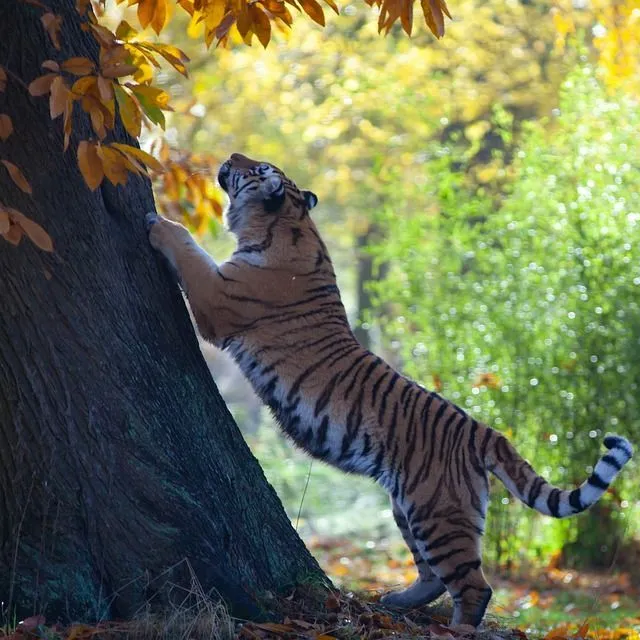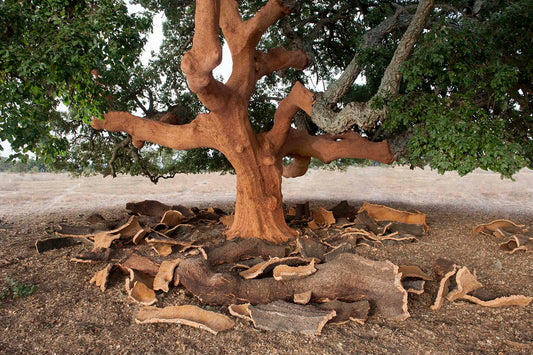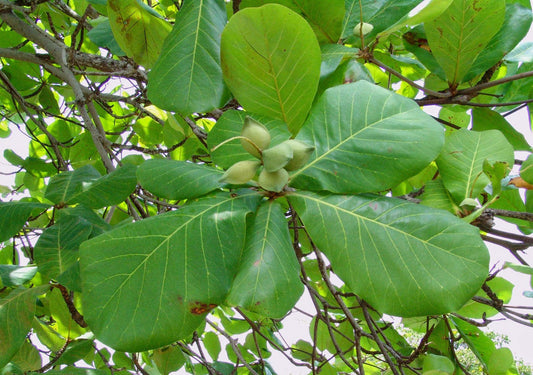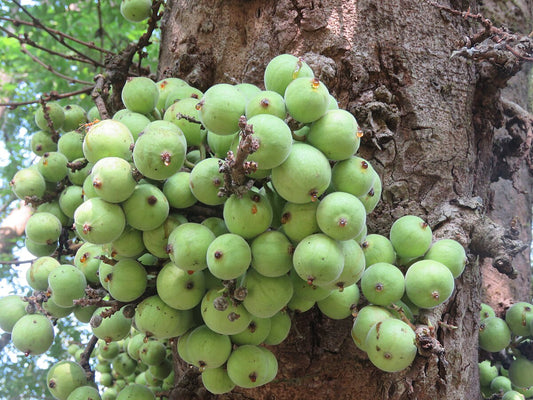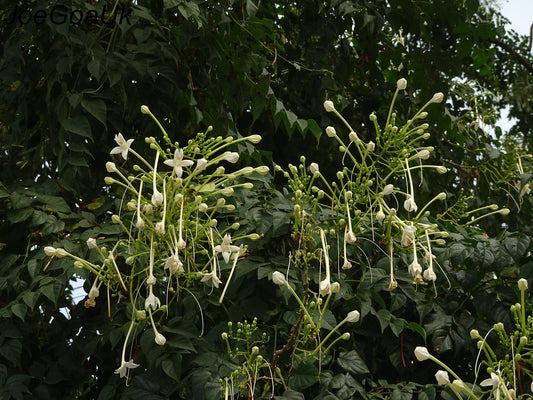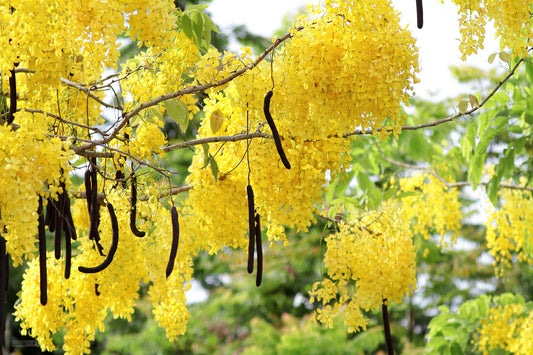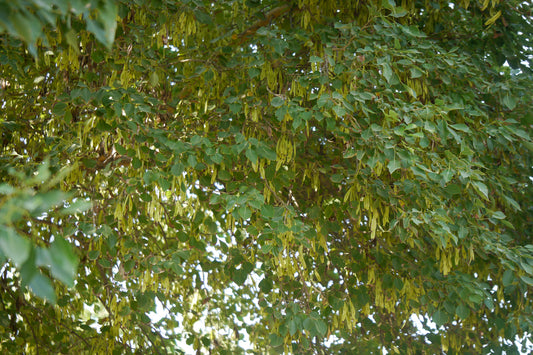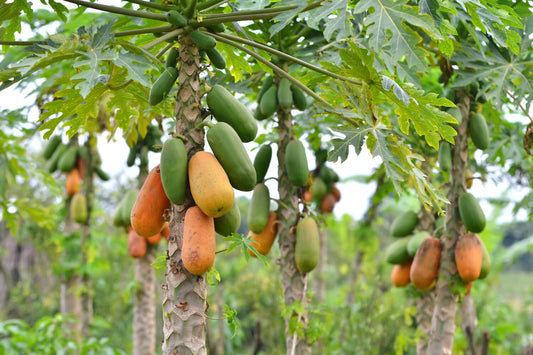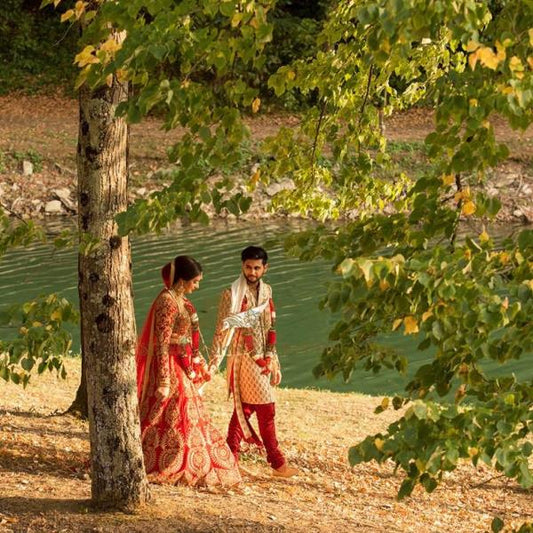

In the arid landscapes, the Kikar Tree, scientifically known as Acacia nilotica, stands as a hardy sentinel, symbolizing adaptability to challenging environments and holding deep cultural resilience. This robust tree, adorned with compound leaves and formidable thorns, not only thrives i Read more
Trending
Trees for Corporates
Kikar Tree
You may also like
Corporate Plantations
Kikar Tree Facts
Explore intriguing facts about the Kikar tree, also known as Acacia nilotica, celebrated for its thorny branches, drought tolerance, and ecological significance. Learn about its native range, historical uses, and importance in arid and semi-arid ecosystems.
Kikar Tree Care
Discover essential care tips for nurturing Kikar trees in dryland landscapes and urban environments. From selecting suitable planting locations to managing soil, water, and pests, learn how to promote the health and vitality of these resilient trees.
Kikar Tree Thorns
Learn about the distinctive thorns of the Kikar tree and their ecological role in deterring herbivores and protecting the tree from browsing animals. Explore the morphology and adaptation of Kikar thorns, which contribute to the tree's survival in harsh environments.
Kikar Tree Timber Uses
Explore the diverse uses of Kikar wood in construction, fuelwood, and traditional crafts. Known for its hardness, durability, and termite resistance, Kikar timber is valued for its strength and utility in various applications.
Kikar Tree Ecological Importance
Delve into the ecological importance of Kikar trees in arid and semi-arid ecosystems. From providing shade, shelter, and forage for wildlife to stabilizing soil and preventing desertification, Kikar trees play a crucial role in maintaining ecosystem health and resilience.
Kikar Tree Medicinal Uses
Discover the medicinal properties of Kikar bark, gum, and leaves in traditional medicine systems. From treating gastrointestinal disorders and skin ailments to relieving pain and inflammation, Kikar has been valued for its therapeutic benefits for centuries.
Kikar Tree Symbolism
Explore the cultural symbolism of the Kikar tree in local folklore, religious rituals, and social customs. Revered for its association with resilience, protection, and wisdom, the Kikar tree symbolizes strength, endurance, and spiritual connection in South Asian culture.
Kikar Tree Habitat
Learn about the natural habitat of Kikar trees, including dry forests, scrublands, and riverbanks in South Asia and Africa. From sandy plains to rocky slopes and degraded landscapes, Kikar trees thrive in diverse ecosystems, providing habitat and sustenance for wildlife.
Kikar Tree Growth Rate
Gain insights into the growth rate and development of Kikar trees under optimal growing conditions. With moderate growth rates, Kikar trees can attain mature heights and spread within a few decades, contributing to ecosystem structure and biodiversity in dryland habitats.
Kikar Tree Pruning
Learn about the importance of pruning Kikar trees to remove deadwood, promote healthy growth, and enhance tree vigor. Explore pruning techniques, timing, and safety precautions for maintaining productive and sustainable Kikar forests.
Kikar Tree Flowering Season
Discover the flowering season of Kikar trees and the factors influencing bloom timing and intensity. From environmental cues such as temperature and rainfall to tree age and health, various factors contribute to the profuse floral displays of Kikar trees in dryland habitats.
Kikar Tree Leaf Characteristics
Explore the distinctive characteristics of Kikar leaves, including their small size, bipinnate structure, and feathery appearance. With adaptations for reducing water loss and deterring herbivores, Kikar leaves are well-suited to arid and semi-arid environments with limited rainfall.
Kikar Tree Root System
Learn about the root system of Kikar trees and its role in anchoring the tree, accessing water and nutrients, and stabilizing soil. With deep taproots and lateral spreading roots, Kikar trees contribute to soil fertility, erosion control, and water infiltration in dryland ecosystems.
Kikar Tree Wildlife Habitat
Discover the importance of Kikar trees as habitat and food sources for wildlife in dryland forests. From birds and mammals to insects and reptiles, Kikar trees support a diverse array of species, contributing to biodiversity conservation and ecological balance in their native habitats.
Kikar Tree Soil Requirements
Learn about the soil requirements for growing Kikar trees and optimizing their health and growth in dryland landscapes. From well-drained, sandy soils to rocky substrates with good aeration and moisture retention, Kikar trees thrive in diverse soil types found in their native habitats.
Kikar Tree Pest and Disease Management
Discover common pests and diseases that affect Kikar trees and strategies for prevention and control. From fungal pathogens and wood borers to leaf-chewing insects and root rot, proactive management practices can help minimize the impact of pests and diseases on tree health and productivity.
Kikar Tree Root Pruning
Learn about root pruning techniques for Kikar trees to address root-related issues and promote tree health and stability in dryland environments. From removing circling roots and root girdling to improving soil structure and drainage, root pruning can enhance the vigor and longevity of Kikar trees.
Kikar Tree Indigenous Knowledge
Explore traditional knowledge and practices associated with Kikar trees in indigenous cultures and rural communities. From folklore and rituals to ecological wisdom and sustainable resource management, Kikar trees are deeply intertwined with human societies and natural landscapes in South Asia and Africa.
Kikar Tree Ethnobotany
Learn about the ethnobotanical uses of Kikar trees in local crafts, fodder, and traditional medicine. From harvesting bark for tannin extraction to collecting pods for animal feed and fuel, Kikar trees provide a wealth of resources and cultural heritage for indigenous peoples and rural communities.
Kikar Tree Logging Practices
Explore sustainable logging practices for harvesting Kikar timber while conserving dryland ecosystems and biodiversity. From selective cutting and coppicing to community-based forest management and certification schemes, responsible logging practices can ensure the long-term viability of Kikar forests and livelihoods.
FAQ
What is a Kikar tree?
The Kikar tree, scientifically known as Acacia nilotica, is a thorny, deciduous tree native to the Indian subcontinent, Africa, and the Middle East. Renowned for its hardy nature, drought tolerance, and versatile uses, the Kikar tree holds cultural, economic, and ecological significance in various regions.
Where are Kikar trees commonly found?
Kikar trees are commonly found throughout the Indian subcontinent, including India, Pakistan, Nepal, and Bangladesh. They also occur in parts of Africa, the Middle East, and Southeast Asia, where they thrive in arid and semi-arid climates, often growing along riverbanks, plains, and disturbed habitats.
What are the characteristics of Kikar trees?
Kikar trees are characterized by their thorny branches, small, bipinnate leaves, and creamy-yellow flowers arranged in spherical clusters. They produce pods containing seeds that are rich in tannins and used for various purposes, including traditional medicine, animal fodder, and soil stabilization.
How tall do Kikar trees grow?
Kikar trees can grow to heights of 5-15 meters (16-49 feet) in favorable growing conditions. They have a spreading canopy and dense foliage, providing shade and habitat for wildlife in their native habitats.
What is the scientific name of the Kikar tree?
The scientific name of the Kikar tree is Acacia nilotica, belonging to the family Fabaceae. The genus name "Acacia" is derived from the Greek word "akis," meaning thorn, while the species epithet "nilotica" refers to its occurrence along the Nile River.
When do Kikar trees bloom?
Kikar trees typically bloom in spring, producing clusters of small, fragrant flowers that attract bees, butterflies, and other pollinators. The flowering period may vary depending on local climate conditions and environmental factors.
How to care for Kikar trees?
To care for Kikar trees, plant them in well-drained soil in a location with full sunlight. Provide regular watering, especially during the dry season, and mulch around the base of the tree to retain moisture and suppress weeds. Prune as needed to remove dead or diseased branches and promote healthy growth.
What are the benefits of planting Kikar trees?
Planting Kikar trees offers several benefits, including providing valuable timber for construction, fuelwood, and charcoal production, enhancing soil fertility through nitrogen fixation, and supporting local livelihoods through sustainable forest management practices.
Are Kikar trees suitable for urban environments?
Kikar trees are not commonly planted in urban environments due to their thorny branches and specific growing requirements. However, they can be used in parks, green spaces, and reforestation projects where their ecological value and drought tolerance are recognized.
How to propagate Kikar trees?
Kikar trees can be propagated from seeds or cuttings. Collect mature seeds from the tree during the fruiting season and sow them in containers filled with well-drained potting mix. Alternatively, take semi-hardwood cuttings from healthy, mature trees and root them in a rooting hormone solution.
What are the common pests and diseases affecting Kikar trees?
Common pests affecting Kikar trees include defoliating insects, aphids, and stem borers, while diseases such as powdery mildew and root rot can also occur. Proper forest management practices, including monitoring and integrated pest management, can help prevent and manage pest and disease problems.
Can Kikar trees tolerate drought?
Kikar trees have excellent drought tolerance once established but benefit from regular watering during their establishment phase. Once mature, they can withstand prolonged periods of drought and are often planted in arid and semi-arid regions for soil stabilization and reclamation purposes.
How long does it take for a Kikar tree to mature?
It typically takes several years for a Kikar tree to reach full maturity and attain its maximum height and canopy spread. However, they are relatively fast-growing compared to other hardwood species and can provide valuable ecosystem services within a few years of planting.
Are Kikar trees deciduous?
Yes, Kikar trees are deciduous, meaning they shed their leaves seasonally in response to environmental cues such as changes in temperature and daylight. The leaves turn yellow or reddish before falling off, creating a colorful spectacle in the forest.
Can Kikar trees be grown in pots?
Kikar trees are not suitable for container cultivation due to their large size and extensive root system. They require ample space for root development and are best planted directly in the ground in a spacious, well-drained location.
What is the significance of Kikar trees in landscaping?
Kikar trees are prized in landscaping for their ecological value, cultural significance, and economic potential. They are often used in reforestation projects, agroforestry systems, and restoration initiatives, where their multipurpose nature contributes to sustainable land management practices.
Are Kikar trees invasive?
Kikar trees are not considered invasive in most regions, as they are native to the Indian subcontinent and Southeast Asia. However, they may spread and naturalize in disturbed or degraded habitats, particularly in areas with favorable growing conditions.
How do you prune a Kikar tree?
Prune Kikar trees in late winter or early spring to remove dead or diseased branches, improve air circulation, and maintain shape. Use clean, sharp pruning tools and make cuts just outside the branch collar to promote rapid healing and minimize the risk of infection.
What is the lifespan of a Kikar tree?
The lifespan of a Kikar tree can vary depending on growing conditions, species, and management practices. In optimal conditions, Kikar trees can live for several decades, providing valuable ecosystem services and contributing to the biodiversity of tropical and subtropical forests.
Are Kikar trees protected species?
Kikar trees are not listed as protected species in most regions, although they may be subject to conservation efforts in their native range. Sustainable forest management practices and habitat preservation initiatives help ensure the continued existence of Kikar trees and their ecological importance in arid and semi-arid landscapes.
Most Popular
Connect with us
-
👥 Corporates
If you are looking for:
- 🌲 Tree Plantation Events
- 📊 CSR Projects
📧 corporate@growbilliontrees.com
📞 +91 9699723523
💬 WhatsApp (Only): +91 9370599291
🕒 Mon - Sat | 10am - 7pm IST
-
🧩 Tree Plantation NGOs
If you are looking for:
- 💰 Financial Assistance
- 🤝 Operational Support
📧 support@growbilliontrees.com
📞 +91 9699723523
💬 WhatsApp (Only): +91 9370599291
🕒 Mon - Sat | 10am - 7pm IST
-
🌼 Individuals
If you are looking for:
- 👥 Group Tree Plantation Drive
- 🌳 Bulk Tree Plantation
📞 +91 9699723523
💬 WhatsApp (Only): +91 9370599291
🕒 Mon - Sat | 10am - 7pm IST



